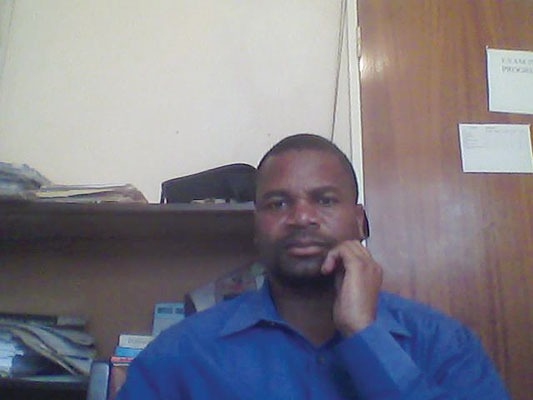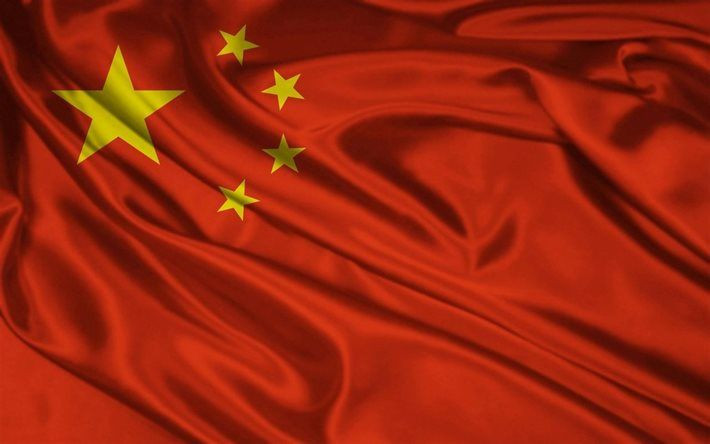
THERE are some issues that require communicating regularly, every day and throughout lifetime, while some only need a bit of reminding or never at all. Water is one such critical commodity which requires on going orientation any time and at any level because water is life and every drop always counts. Various sectors need water, yesterday, today, tomorrow and always. While everyone has a right to access water as a basic commodity, it has always escaped the minds of the majority that, indeed, water needs to be conserved and utilised sustainably.
The discourse of saving water has been disseminated through radio, print, electronic and posters but the communication tools and networks have never been sufficiently relayed to stakeholders and beneficiaries in order to reduce vulnerabilities. Mostly, beneficiaries who do not have regular access to the print, radio or electronic forms are the most affected and the most visible when water scarcities unfold.
The problem with communication is to assume that, everything that has been said or written has been communicated. Communication is actually more than just uttering words or placing information in print. It has more to do with active listening and not necessarily hearing, including tools and strategies that are sufficiently engaging like dialoguing, conversations, dramatising or role-playing, docu-dramas or infomercials, all these in line with the people’s world views and cultural standpoints.
Communicating to stakeholders, especially communities in those countries with dependable rainfall patterns and adequate surface reservoirs including underground water sources. The majority of southern African countries (Sadc) are in this group, save for only a few, such as Botswana and Namibia.
As such, those countries with significant rainfall patterns and adequate underground water reserves, the culture of water conservation has not been within local people’s discourse competences. With the rainfall outlook and forecasts of the southern African countries not very much encouraging, people are to be oriented into a culture of saving water, which they already have or that which may come their way. It’s no longer the culture of people doing as they would like with water, but they need to show restraint and concern.
While urban areas have been introduced to mandatory water rationing, rural communities with shallow or deep wells and other forms of water reservoirs should learn to conserve the little that they have by rationing themselves and this practice should become a norm. Water costs are becoming out of reach hence the rates are not motivating at all. In this regard, rural communities who have no water related charges should consider themselves lucky for escaping the problematic issue of costs, but if they do not save water they won’t escape the costs of not having water at all. These would be life threatening and suffocating.
Although water used to be the most freely available and cheaper resource, climate change has reared its ugly head through climate-related impacts like droughts, floods or seasonal shifts and lack of precipitations. The climate impacts have led to human beings and livestock getting water starved, while wildlife and the rest of ecological balance of nature have not been spared. The environment has also been dealt a major blow through lack of natural forest regenerations and rivers drying up also due to climate-related water scarcities and human activities like illegal mining, land degradation and deforestations. Smart water management products and services need to be introduced and communicated sufficiently and strategically to the public.
Ongoing education, awareness and training should be accelerated because people need to show behavioural change and attributes. It is not good for some water experts to continue talking about what they call “water blindness”, referring to poor management practices by human beings who have used water since time immemorial. In this regard, relevant authorities, industries, companies, institutions and communities continue demonstrating lack of critical competences in managing water.
- Chamisa under fire over US$120K donation
- Mavhunga puts DeMbare into Chibuku quarterfinals
- Pension funds bet on Cabora Bassa oilfields
- Councils defy govt fire tender directive
Keep Reading
During the rainy seasons, too much water is lost or wasted instead of being strategically harnessed in order to save lives. Communities can participate in various forms of rain-water harvesting techniques both in the urban and rural areas.
There are also sectors in the country that have shown water damaging footprints through polluting numerous water bodies like rivers, lakes and dams. From face value, one would think that Zimbabwe has lots of safe water, but there are some dams and lakes that have been polluted with industrial chemicals and are no longer suitable as trusted water sources for human consumption.
The country also experiences aging water infrastructure and pipes that are continuously bursting or lack of money to buy water purifying chemicals. While this is referring to water that is available in the country, there are also indications and forecasts that the rest of the Sadc region will face acute water shortages due to erratic rainfall patterns currently obtaining in the region because of climate change.
Besides the urban set up consuming large components of water through household consumption and industrial use, too much water is also lost during watering of recreational facilities such as play areas, stadiums, municipal parks, institutional and company lawns. This is the extent to which water can support livelihoods including small and large scale irrigation schemes.
Among the Sustainable Development Goals (SDGs), goal number 6 is Clean Water and Sanitation. In this regard, it is not only a question of having water, but is the water safe and can it also support human livelihoods. For that reason, water is life, critical and fundamental.
That is why it combines well with SDGs 1 (no poverty), 2 (zero hunger), 3 (good health and wellbeing), 8 (decent work and economic growth), 11 (sustainable cities and communities), 13 (Climate action), 14 (life below water) and 15 (life on land) among others. For the majority of these SDGs to be realised, it does not happen in isolation, but through combining sufficiently well with water.
In the event of having water in abundance, due to above normal rainfall, flooding or cyclones, communities are required to have sustainable and working knowledge of water harvesting techniques in order to have small-scale water reserves for future uses. Even the underground water reserves such as shallow or deep wells should not be overdrawn for irrigation or building purposes.
Drip irrigation pipes, which are out of reach of many, are the most recommended in saving water. Construction of small-scale water reservoirs at community levels can go a long way in alleviating inherent water scarcities, while long term solutions would be to plant trees around these human made water reservoirs.
This is important in retaining the soil moisture, supporting green growth and natural ecosystems underground, forest regeneration and a secure environment.
Above all, depending on the nature of trees grown, whether indigenous for poles, timber, shade and leaves for manure or exotic and other indigenous trees for fruits and seed species, all these can contribute to climate resilience and monetary value, without destroying the environment.
Peter Makwanya is a climate change communicator. He writes in his personal capacity and can be contacted on: [email protected]











